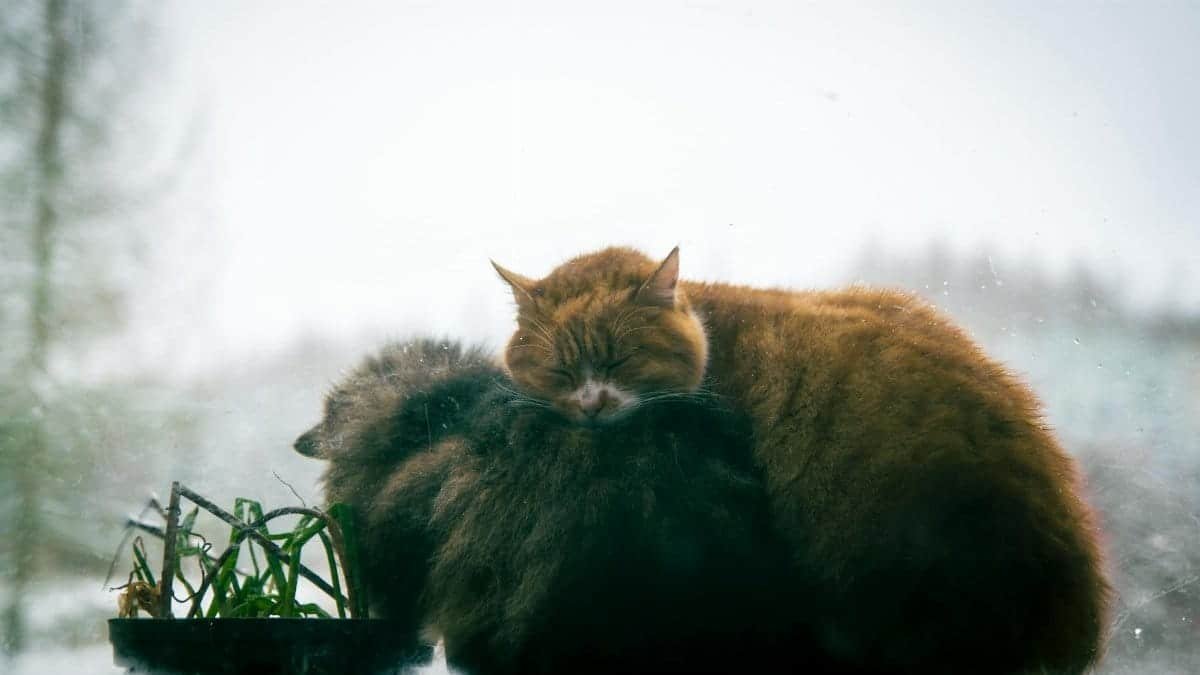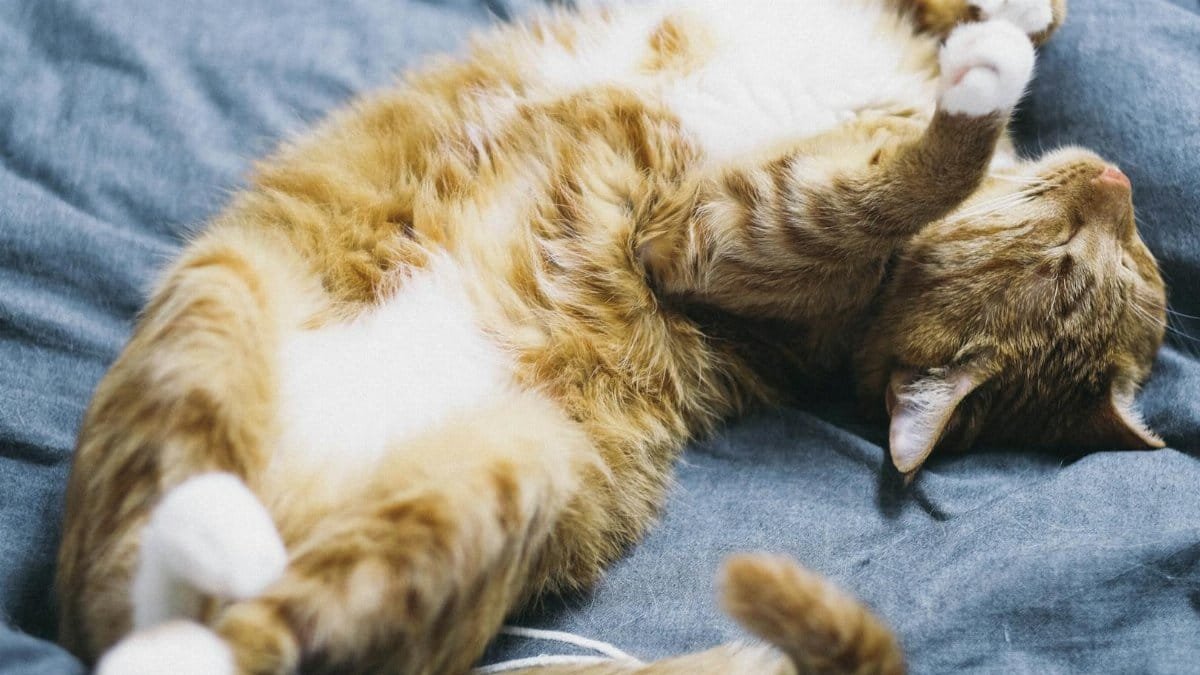Ever noticed your cat curled up for what seems like endless hours? You’re not alone. Cat sleeping habits are a mystery to many pet owners, but there’s a simple explanation behind those long naps. Cats sleep an average of 12 to 16 hours a day, with some even clocking up to 20 hours, especially kittens and seniors. This isn’t laziness—it’s biology. Their predatory instincts and energy conservation needs drive this behavior. Let’s break down why your feline friend snoozes so much and what’s normal.
Why Do Cats Sleep So Much?

Cats are hardwired to sleep a lot due to their evolutionary roots as predators. In the wild, they conserve energy for short bursts of hunting. Domestic cats retain this trait, sleeping to recharge even if their biggest “hunt” is chasing a toy. According to the Cornell Feline Health Center, this pattern is perfectly natural and varies by age and activity level.
Age Impacts Sleep Patterns

Kittens and older cats sleep more than healthy adults. Newborns can snooze up to 20 hours as their bodies grow, while seniors rest due to lower energy and potential health issues. Adult cats, meanwhile, balance sleep with play and exploration. If your cat’s habits shift suddenly, it might signal a change in health or stress.
Day vs. Night Activity

Cats are crepuscular, meaning they’re most active at dawn and dusk. This explains why your cat might nap all day, only to zoom around at 3 a.m. Their internal clock aligns with hunting times in the wild, per insights from the ASPCA. Adjusting their playtime to evening hours can help sync their schedule with yours.
Where They Choose to Sleep

Cat sleeping habits extend to their choice of napping spots. They seek warmth, safety, and comfort—think sunny windowsills, soft blankets, or even your lap. High perches or hidden corners mimic safe resting spots in nature. If they’re sleeping in odd places, they might be seeking security or avoiding disturbances.
Is Too Much Sleep a Problem?

While heavy sleeping is normal, excessive lethargy paired with appetite loss or behavior changes could point to illness. Conditions like anemia or depression can affect energy levels. If your cat seems off, a vet visit is wise. Most of the time, though, those long naps are just part of being a cat.
How to Support Healthy Sleep

Ensure your cat has a quiet, cozy spot to rest undisturbed. Provide mental and physical stimulation through play to balance their energy. Stick to a routine for feeding and interaction—it helps regulate their internal clock. Understanding cat sleeping habits means accepting their need for rest while keeping an eye on anything unusual.
